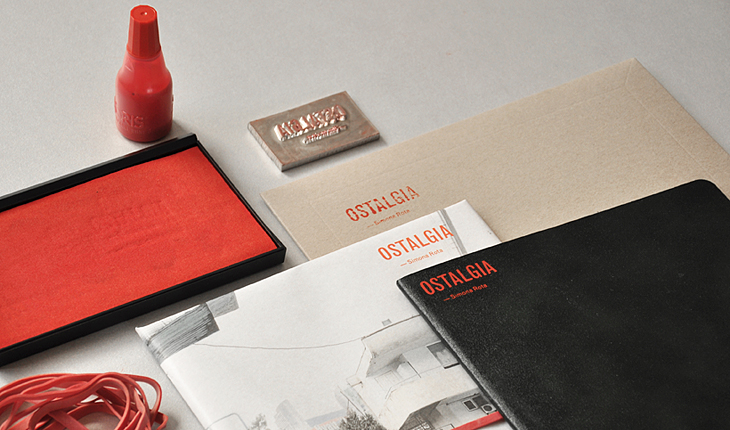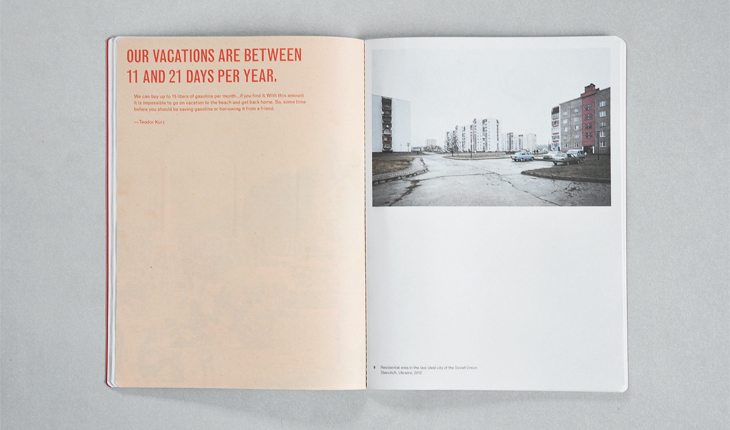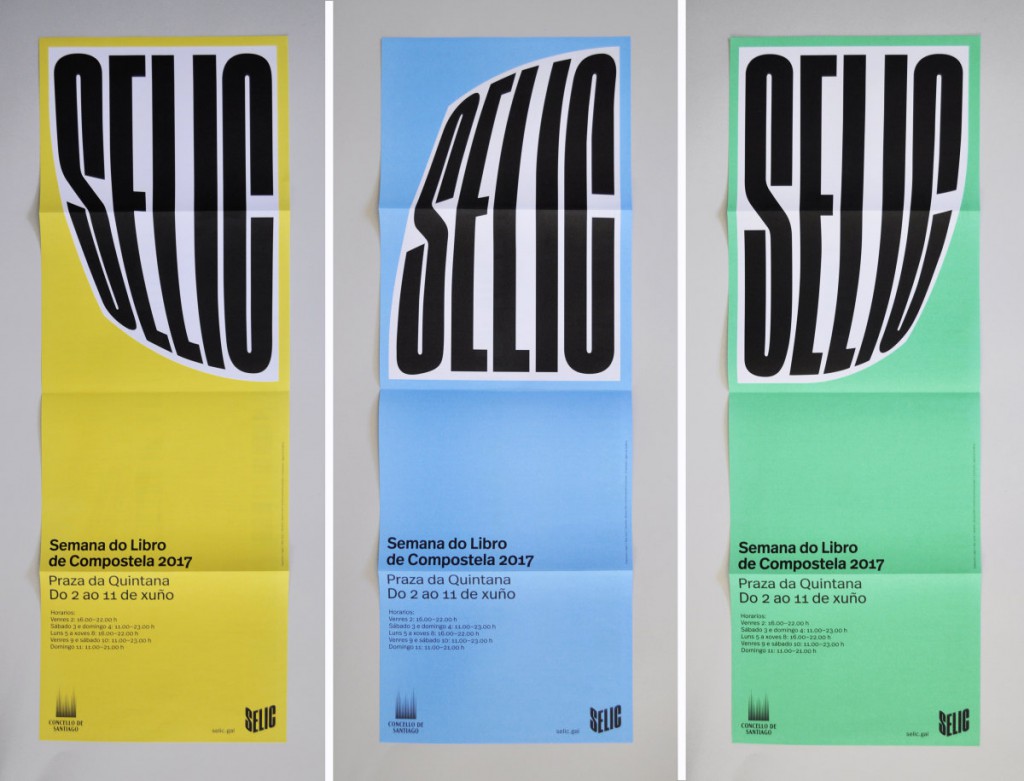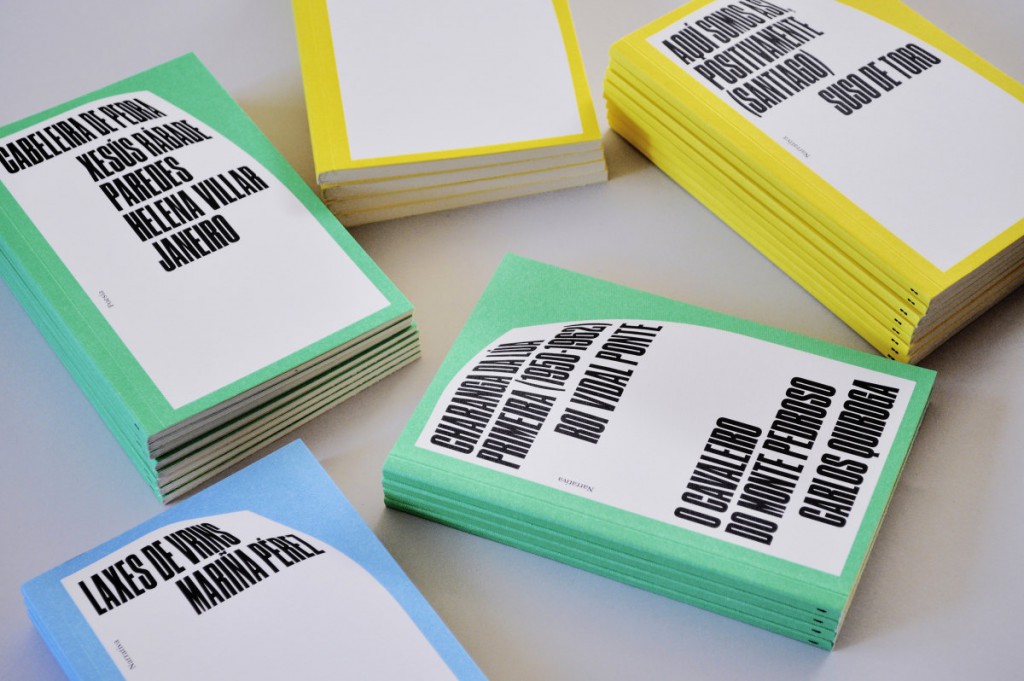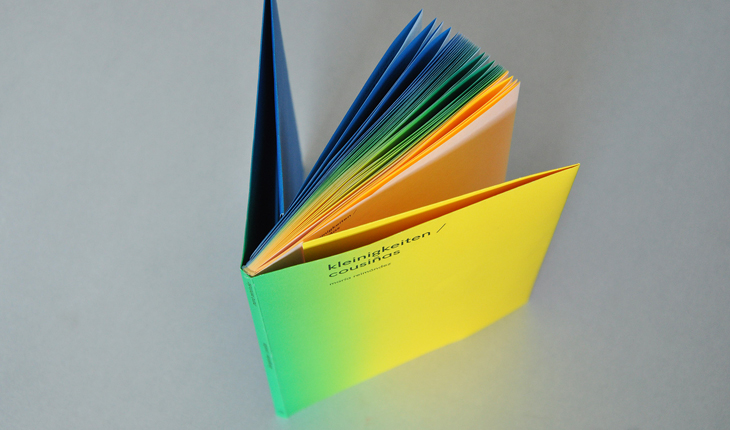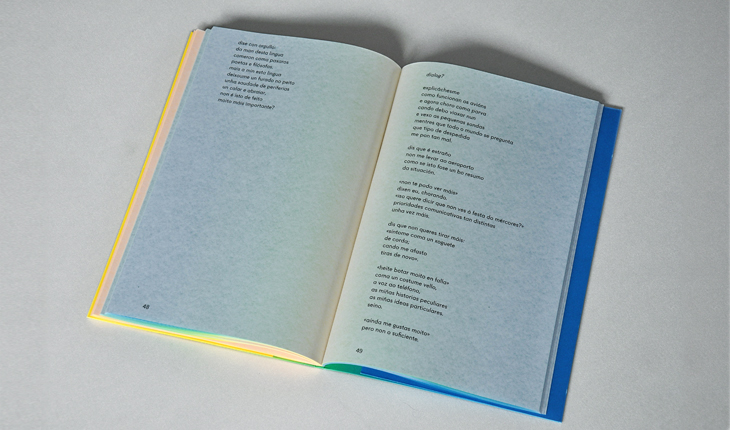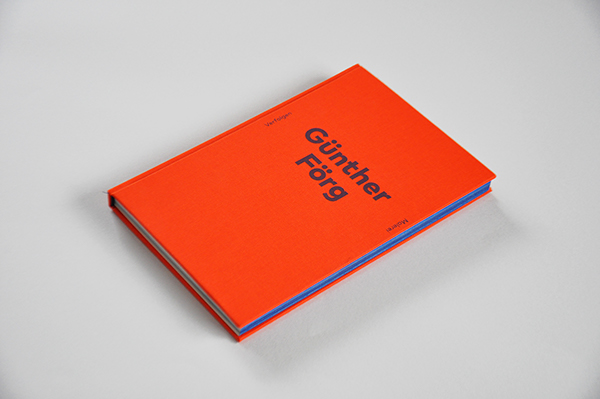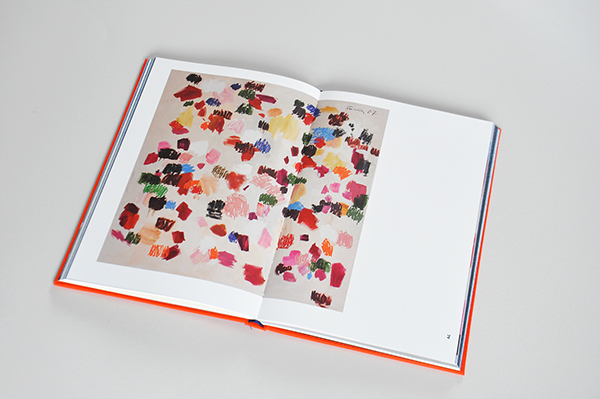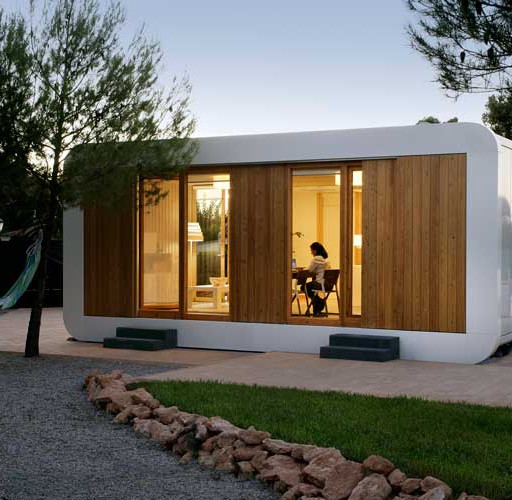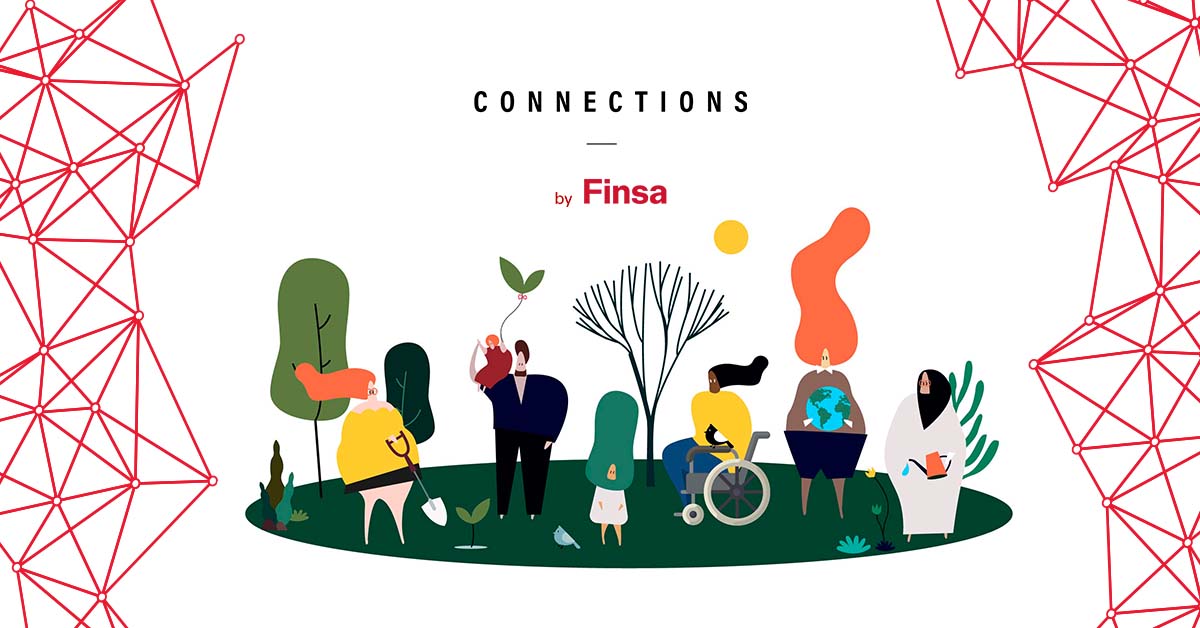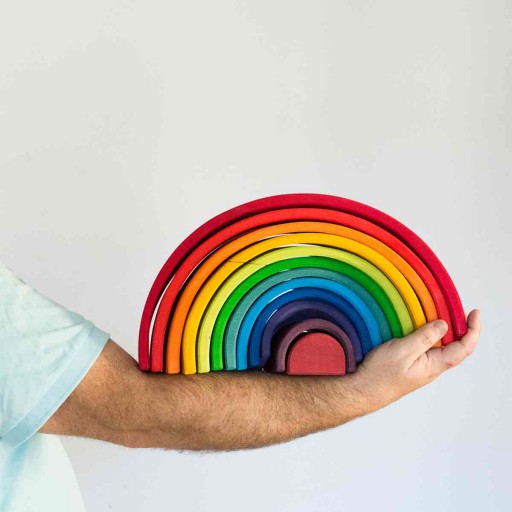Cibrán Rico López and Suso Vázquez Gómez were going to be architects until graphic design came into their lives. And something about it must be addictive, because they’ve had a 10-year career with Desescribir, their graphic design and publishing studio. If, like us, you’re a fan of good design, check out their portfolio on Behance.
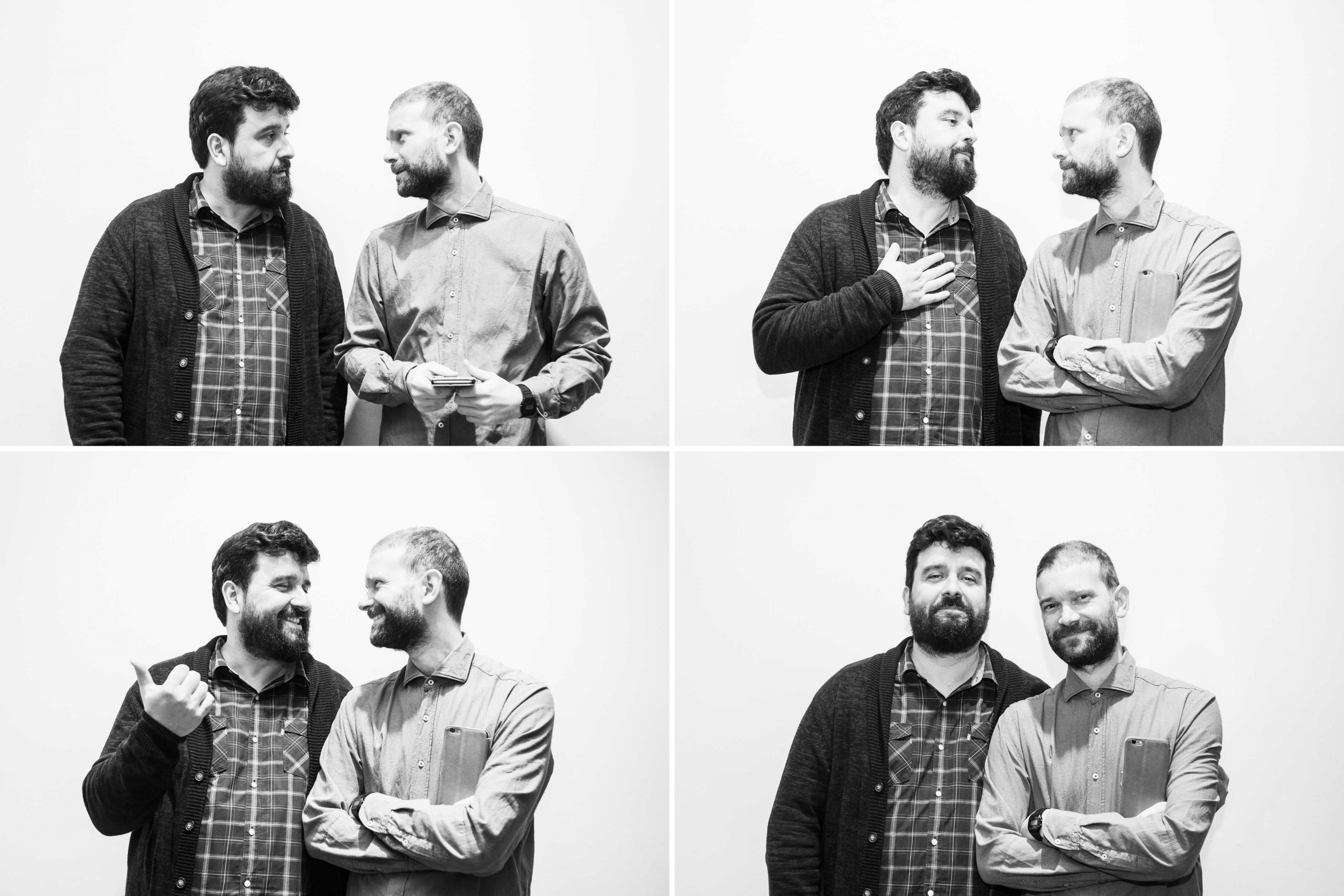
How do a couple of architects end up being graphic designers? What attracted you both to the world of graphic design and publishing?
We’ve always liked books, first as readers and then for their design and the way they are constructed too. In that sense, and compared to other disciplines of design, publishing is perhaps the most “architectural” of all the types of design. On one hand, given their physical characteristics, books “occupy” a particular role, they have a much more marked physical presence than a sign or a pamphlet. Books also contain “time”- they aren’t just seen, they are also “lived”, they are “traversed”, as if they were almost a physical space. In the end, even though they are clearly different, we don’t see architecture and design as occupations that are very distinct. Both of them are a reflection of the same way of working: thinking globally to act on the specific.
You have won several prizes: LAUS, PhotoEspaña, D&AD Awards…What does this recognition mean for you both?
The main motivation for our studio is being able to produce high quality work which achieves its objectives, which is useful for our clients, which matches the best projects that are realised all over the world in terms of value and results. In that sense, the prizes work like a confirmation of that ambition. In addition, and ultimately, the prizes are an opportunity to celebrate a moment of happiness with our clients
The photobook “Ostalgia” won a prize at the 2014 D&AD Awards and was chosen as the “Best photography book of the year” at PhotoEspaña 2014
A few months ago, we interviewed Manuel Estrada, winner of the 2017 National Prize for Design, who told us that “design is a tool that can make companies more competitive by differentiating them”. In your work, do you see that companies are conscious of this?
Yes, more and more, and we are also noticing a greater understanding of what design is and what it can bring: more for its strategic and innovative value and not as much for, or not just for, what it provides aesthetically and formally.
What projects do you have in the works now? Where do you think the future will take your work?
Right now we are in the processing of finishing various books for important institutions in Galicia, Spain, and the USA. We are also collaborating with FINSA on a commission that particularly excites us.
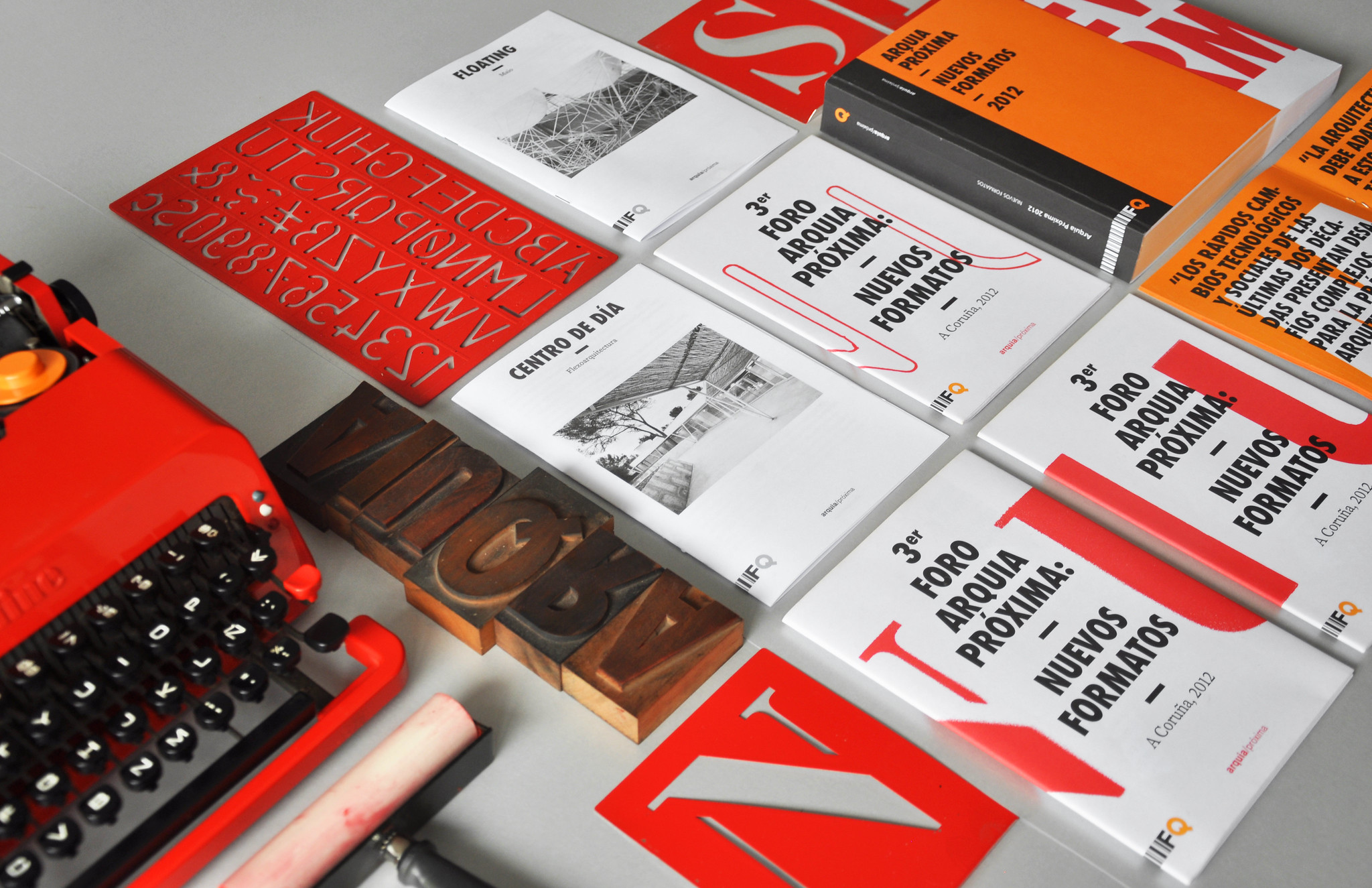
What would be your dream project?
All of them and none of them, or in other words, any project which would allow us to do our work in good conditions. We don’t really believe in “dream” projects and, in general, we believe more in the value of the trajectory which develops over time. On the other hand, and even though we are conscious of the fact that some jobs have more impact than others, we approach all our commissions in the same way and with the same desire to achieve the best result possible.
What is the key to a good design for you both?
Good design is that which provides a good solution to a good need. Without a real need, the design is somewhat irrelevant. In the majority of cases, that need must be formulated in terms of functionality and use, although it may also touch on questions of image and communicative value. In general, good design is “intelligible”, it shows what “is” and doesn’t hide or camouflage itself, and finally, it establishes a “traceability”” with both the context in which it was created as well as the creation process itself.
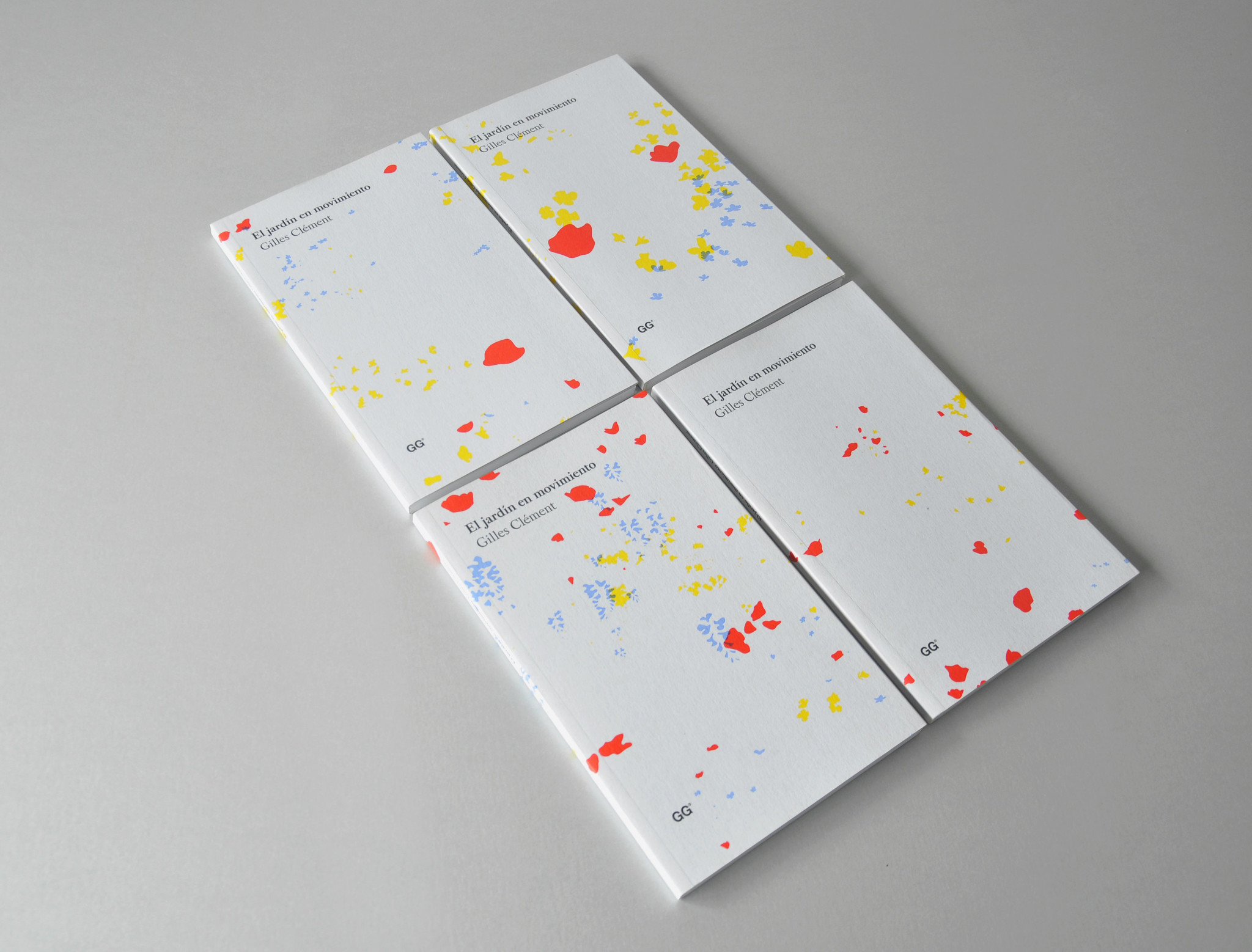
What makes a good designer?
Someone who tries to do everything we’ve already mentioned and also values the work of his collaborators and suppliers; someone that is conscious of the environmental and work-related consequences of the decisions they make and someone who, rather than competes, participates, collaborates, and shares.
Which part of your work do you enjoy the most (planning, drafting, dealing with the client etc.) and why?
We don’t have any special preference. Some of the jobs are special right from the initial ideas and others are enriched by the clients’ contributions.
Desescribir’s graphics for the 2017 SELIC (La semana del libro de Compostela or the Compostela Book Week) were awarded a bronze Laus and the 2018 version has been selected for the 2019 Laus
What inspires you every day? Do you have a certain ritual, or do you consult a certain publication which is like a bible for you?
No. In fact, we don’t really identify with the idea of “inspiration”. In our case, ideas come more out of experience and applying a certain way of working. Rather than “inspirations”, we have a series of designers that we recognise as references for us, people that we admire and from which we have learned a lot, who are both close colleagues as well as designers from other countries and eras who we have followed and read about closely.
You have a personal publishing project, Fabulatorio. Do you believe there is always space for the analogue in our lives? Are you more analogue or digital?
At this stage, the distinction between analogue and digital seems a bit artificial to us. It’s hard for us to imagine a project, a reality, which wouldn’t be both things simultaneously. As we see it, the analogue and the digital are two manifestations of the same thing and it is impossible to have one without taking the other into account.
The anthology kleinigkeiten/cousiñas, published by Fabulatorio, was awarded the bronze Laus in 2014.
Who are your design references?
Many from history, related to Centro European culture from 20th century design, mostly Swiss, Dutch, and German designers: Otl Aicher, Jan Tschichold, Emil Ruder, Win Crouwel…, and of course, Galician designers, from the excellent Luís Seoane and Isaac Díaz Pardo, to many current ones that we consider friends and whom deeply admire.
“Günther Förg, Verfolgen Malerei”, designed by the Luis Seoane Foundation and winner in the Book Design category at the 2015 D&AD Awards.
Which design professional would you like to connect with or collaborate with on a project?
We definitely haven’t thought about it, but above all, what we value in the people that we collaborate with is being able to share concerns and desires, to work comfortably, without unnecessary complications, generosity, having contrasting opinions, discussions, having contrasting ideas, and, when the work is over, being able to have a drink together.


